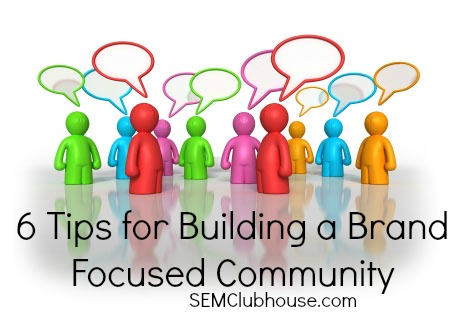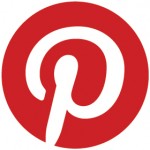Sometimes very small businesses must rely on what they can do for themselves to keep their online marketing efforts fresh. There has never been any argument that small budgets sometimes prohibit small businesses from getting agency help. That’s okay. If you do your due diligence and are careful, there’s no reason you cannot help your online presence, and revenue from your presence, by rolling up your sleeves and doing some of the work yourself.
I found some resources that will definitely help you out. Some of these resources might list “comment on blogs” or “submit information to blogs” or anything that says “Link Exchange” as a tactic – PLEASE DO NOT DO THAT! It’s not valid – but I didn’t want to disqualify 90% good advice for 10% nonsense.
I wrote an article in 2007 called “30 Free Ways to Market Your Small Business Site” over at SearchEngineWatch.com. I updated that post last year and it’s one of the most popular pieces I’ve written to date. There are 30 actionable things you can do, all by yourself, to promote your small website.
This article by PCmag.com from 2009 has some good ideas. I like the tips on keeping slow employees and downtime for marketing. Your customer service staff is your front line, and they can write content or answer questions online because they know exactly what the people that call are asking. Use them! Also checking out what the competition is doing is great – just don’t chase them.
TEST your pages! If you don’t have analytics, install Google Analytics on your website. If you don’t look at any report on a regular basis, just being able to use their Content Experiments features is worth the time to install. Testing new ideas for landing pages is a great way to increase revenue without spending a ton of money in advance. Simply changing the color of your “Buy Now” button can have a big effect. Making it easier for visitors to buy from you is also a great way to increase revenue. Check out these Tips for Optimizing Your Site for the Sale.
Perhaps one of the best pieces of advice I found was in this National Federation of Independent Businesses article. “Get Out The Door.” If you operate online, your world becomes this 5 square foot cocoon around your desk. Even if you do not have a brick and mortar business – networking and meeting people in your community or niche is so important. You can find clients, partners, innovative thinkers, and people with problems your business can solve. It’s a great way to keep your brain from going stagnant.
Bottom line? Get creative! Think about all of the things you can do to help yourself and make a list, cross things off as you get them done. Add new ideas. Buy a nice Moleskine notebook that you can keep your great thoughts in and journal your way to a better online marketing strategy!




 First up is the SEOMom, Gillian Muessig, Founding President Emeritus,
First up is the SEOMom, Gillian Muessig, Founding President Emeritus, 




